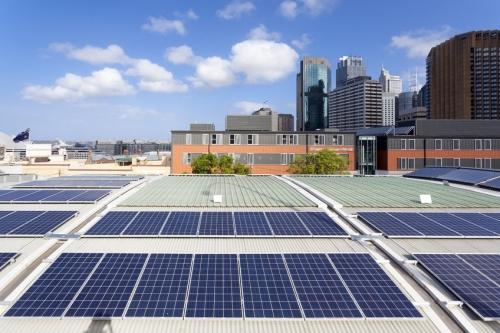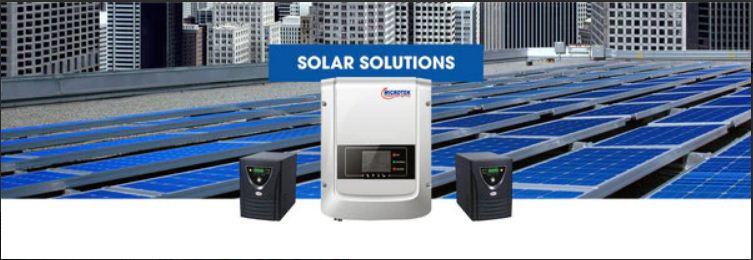Description
Product details
A residential solar system refers to a solar power setup designed for use in homes. It typically involves the installation of solar panels on the roof or in the yard of a residential property to harness sunlight and convert it into electricity. Here are some key components and considerations for a residential solar system: Solar Panels: These are the most visible components of a solar system. Solar panels are made up of photovoltaic cells that capture sunlight and convert it into direct current (DC) electricity. Inverter: The DC electricity generated by solar panels needs to be converted into alternating current (AC) for use in most household appliances. The inverter performs this conversion. Mounting System: Solar panels need to be securely mounted to the roof or on the ground. The mounting system ensures the panels are properly positioned to maximize sunlight exposure. Battery Storage (Optional): Some residential solar systems include battery storage solutions. These batteries store excess energy generated during sunny periods for use during cloudy days or at night. Charge Controller (if using batteries): In systems with battery storage, a charge controller regulates the charging and discharging of the batteries, ensuring they are not overcharged or depleted beyond safe levels. Metering System: A bi-directional meter is often installed to measure the amount of electricity generated by the solar panels. In some cases, excess electricity can be fed back into the grid, earning the homeowner credits or reducing their utility bills. Monitoring System: Many solar systems come with monitoring tools that allow homeowners to track the performance of their solar panels, including energy production and system efficiency. Permits and Regulations: Before installing a residential solar system, it's crucial to check local regulations and obtain any necessary permits. Some areas may have restrictions on the type and size of solar installations. Financial Incentives: In some regions, there are government incentives, tax credits, or rebates available to encourage the adoption of solar energy. These can help offset the initial installation costs. Installation and Maintenance: Professional installation is recommended to ensure the system is set up correctly. Regular maintenance, such as cleaning the panels and checking the overall system health, is also important for optimal performance. Residential solar systems can contribute to reducing electricity bills, lowering carbon footprints, and increasing energy independence for homeowners. The viability of a solar system depends on factors such as location, available sunlight, roof orientation, and local regulations.





